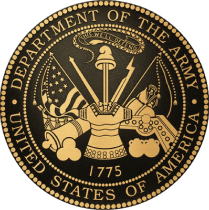
Veterans Network
772nd Military Police Company211th Military Police Battalion
772nd Military Police Company, 211th Military Police Battalion
If You Served In This Unit,
Reconnect With Your Service Friends Today